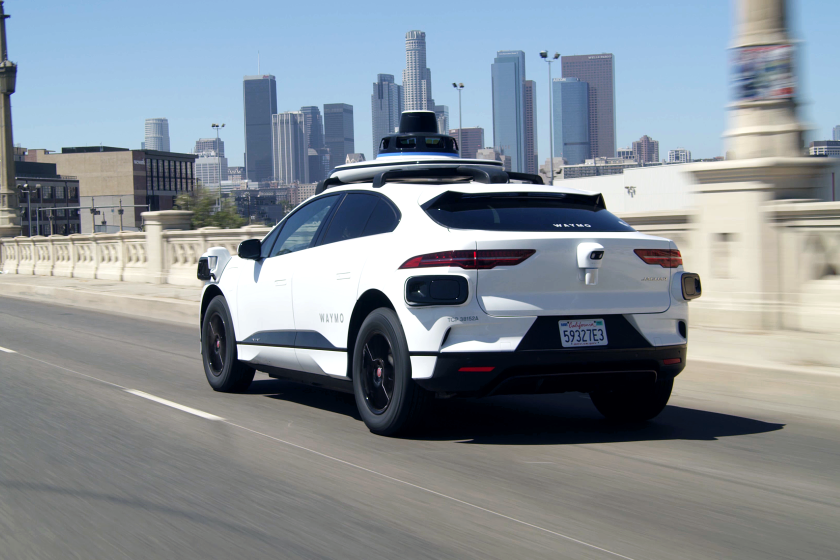Valley Commuter Rail Line, Inner City Busways Urged
- Share via
In an effort to quell the controversy over a plan to fund mass transportation, a Los Angeles city councilman proposed a new commuter rail line Friday for the San Fernando Valley, while a state lawmaker called for express busways to serve the inner city.
The two proposals are the latest attempts to revise a new transit funding plan adopted by the Metropolitan Transportation Authority two weeks ago to win back the federal government’s support for the troubled agency.
The transportation master plan was ordered by federal officials to convince them that the MTA can afford to complete promised projects--including the $6.1-billion subway and nearly $1 billion in court-ordered bus improvements.
But the MTA’s plan drew local opposition this week when the City Council voted to withhold $200 million in payments to the agency because of continued delays in the planned construction of an east-west Valley subway line.
State lawmakers also criticized the MTA’s plan, saying it doesn’t provide enough transit services in the Crenshaw and Exposition boulevard corridors.
To speed up construction of a Valley rail line, Councilman Hal Bernson convinced Metrolink officials Friday to study the idea of running a commuter train on tracks parallel to Burbank and Chandler boulevards. Bernson is a member of the Southern California Regional Rail Authority, which manages the Metrolink commuter system.
The tracks are owned by the MTA, which has for years planned to build a subway along the route. But the MTA’s so-called recovery plan proposes delaying construction of the Valley subway from 2004 to as late as 2011.
“Hey, it’s better than what we have now, which is nothing,” Bernson said, adding that a commuter train can be built much faster and cheaper than a deep-bore subway.
But Bernson’s plan was quickly dismissed by his fellow Valley council members and residents, who said they would oppose running a loud commuter train through dense residential communities.
“It has to be done in a way that makes sense,” said Councilwoman Laura Chick, who lives in and represents neighborhoods that the line would bisect. “I’m not sure this does.”
Meanwhile, Assembly Transportation Committee Chairman Kevin Murray (D-Los Angeles) pledged Friday to seek funding for the design of the east-west Valley subway line and to study and design express busways on Crenshaw and Exposition boulevards.
Murray, who heads the Legislature’s black caucus, had threatened to block a $54-million state loan for the Los Angeles-to-Pasadena light rail line unless the MTA improved transit service in the Crenshaw district and on the Westside. The MTA is seeking that loan to keep the Pasadena project on track to open in 2001.
But Friday, Murray said he will withdraw his opposition if the agency considers building the express busways. Murray also said he would seek legislation providing $51 million to begin design in 2000 of the Valley subway line and a $30-million loan for the busway study.
The proposals by Bernson and Murray exemplify the thorny situation faced by MTA officials, who lack the funding to meet demands for new transit service throughout the region.
The MTA’s acting chief, Linda Bohlinger, said the state loan would go a long way toward helping the MTA out of its financial and political dilemma. She said she is still looking for ways to advance construction of the east-west Valley subway line from 2011 to at least 2007.
Councilman Mike Feuer, who led the fight to withhold the city’s $200-million payments to the MTA, said Murray’s legislation probably would not speed up construction of the Valley subway line and therefore would not end the stalemate between the council and the MTA. He also said he was “not enthusiastic” about Bernson’s commuter train proposal.
Murray, who recently joined MTA officials on a tour of Curitiba, Brazil--where fast-moving, accordion-like buses are widely used--said busways could be built faster and cheaper than rail lines.
More to Read
Sign up for Essential California
The most important California stories and recommendations in your inbox every morning.
You may occasionally receive promotional content from the Los Angeles Times.












